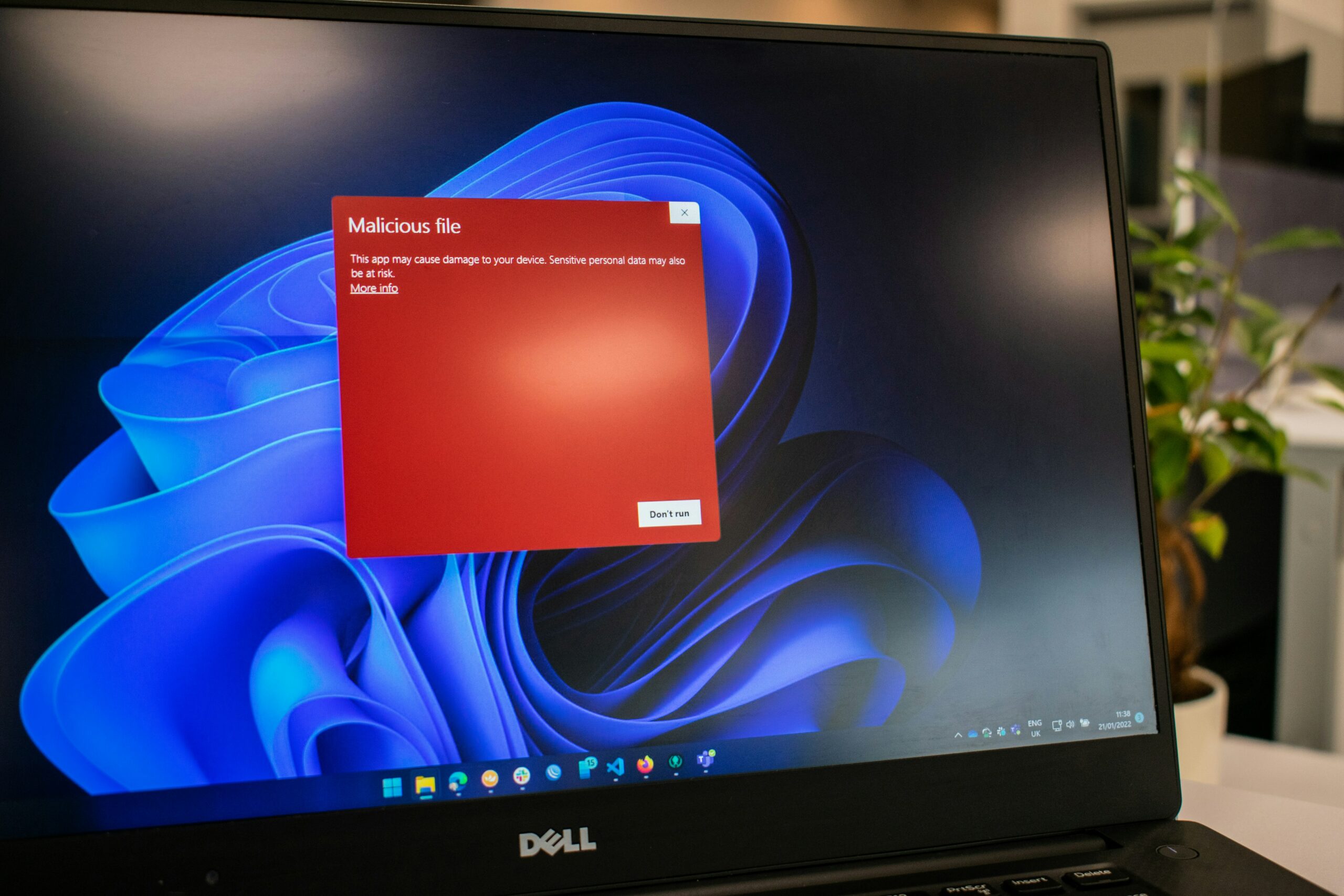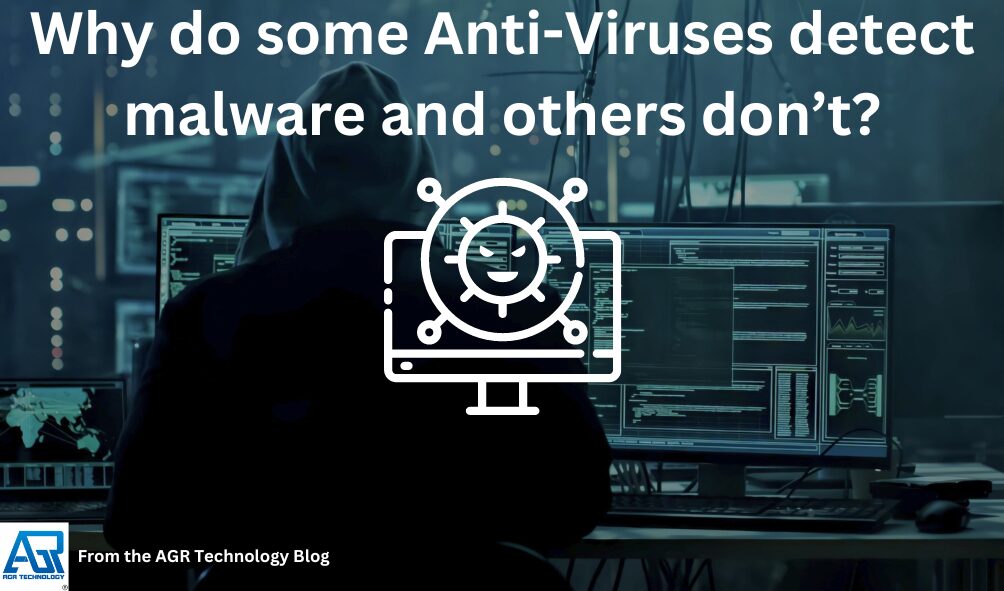Why Do Some Antivirus Programs Find Infections That Others Miss?
In the digital age, antivirus programs are essential for safeguarding personal and professional data. Yet, users often encounter a perplexing issue: one antivirus program flags an infection while another deems the system clean. This inconsistency raises questions about the reliability and effectiveness of these security tools.
Understanding why some antivirus programs detect threats that others miss involves delving into the complexities of malware detection techniques. Factors like signature databases, heuristic analysis, and real-time threat intelligence all play a role in how different antivirus solutions identify and respond to potential risks.
Key Takeaways
- Different Detection Mechanisms: Antivirus programs utilize various detection techniques such as signature-based detection, heuristic analysis, and machine learning algorithms, leading to differing results in identifying threats
- Update Frequency Matters: The rate at which antivirus software updates its definitions is crucial; more frequent updates improve the software’s ability to detect new threats
- Challenges with False Positives/Negatives: False positives and false negatives impact the reliability of antivirus programs. While advanced techniques reduce these errors, they can’t be completely eradicated
- Advanced Malware Techniques: Sophisticated malware like polymorphic and fileless malware can evade traditional detection methods, making it difficult for antivirus programs to identify all threats
- Importance of Layered Security: Implementing layered security strategies, including regular updates, firewalls, and intrusion detection systems, enhances overall protection and compensates for the limitations of single-layer defense mechanisms
Variables in Antivirus Performance

Different antivirus programs often yield disparate detection results due to several variables in their performance.
Detection Mechanisms
Antivirus software employs distinct detection mechanisms. Signature-based detection uses known malware signatures to identify threats. Heuristic analysis examines the behavior of files to spot suspicious activities resembling malware. Machine learning algorithms predict threats based on patterns in data, adapting to new and evolving threats. Combining these methods, each antivirus program balances them differently, resulting in varied detection outcomes.
Update Frequency and Definitions
Regular updates are crucial for antivirus software. Update frequency affects how quickly the software can recognize new threats. Definition databases containing known malware signatures need constant updates to remain effective. Some programs update hourly, while others update daily or even weekly, impacting their ability to detect recent threats. Thus, a program’s update policy significantly influences its malware detection performance.
Challenges in Antivirus Software
Antivirus software faces multiple challenges in consistently detecting and mitigating threats. These challenges contribute significantly to the variation in detection results.
False Positives and False Negatives
False positives and false negatives affect antivirus performance. False positives occur when legitimate files are flagged as threats. This can disrupt productivity as users deal with unnecessary alerts and may revert to older definitions. Conversely, false negatives happen when actual threats go undetected, posing severe security risks. Advanced detection methods help minimize these errors, but they can’t eliminate them entirely.
Differences in Heuristic Analysis
Heuristic analysis varies across antivirus programs. Each software uses different heuristic models, affecting detection rates. Heuristic analysis attempts to identify new or obfuscated malware by examining code behavior rather than relying on known signatures. Programs employing more aggressive heuristics detect more threats but may generate more false positives. Balancing accuracy and cautious analysis is crucial for effectiveness.
How Infections Slip Through
Even the best antivirus programs can’t catch every threat. Some infections slip through due to advanced malware techniques and limitations of signature-based detection.
Advanced Malware Techniques
Cybercriminals continuously innovate, creating sophisticated malware. Polymorphic malware, for instance, modifies its code to evade detection. This makes it hard for antivirus software to identify threats. Fileless malware, which resides in memory rather than the hard drive, also avoids detection by signature-based methods. Rootkits, which hide in system files, use stealth techniques to mask their presence, complicating detection.
Limitations of Signature-Based Detection
Signature-based detection hinges on known threat databases. When new malware variants emerge, it takes time for signatures to be identified and added to these databases. During this lag, antivirus programs may miss new threats. This detection method also struggles with zero-day exploits, where no pre-existing signature exists to recognize the threat. Heuristic and behavioral analysis helps, but without updates, even these methods falter.
Improving Antivirus Effectiveness
To enhance the effectiveness of antivirus programs, integrating certain practices and strategies can significantly mitigate security risks. Key areas of focus include regular updates and layered security strategies.
Regular Updates and Patching
Frequent updates are crucial to maintaining an antivirus program’s effectiveness. Regular updates ensure that the antivirus software can recognize the latest threats, as new malware variants emerge daily. For example, signature databases must be refreshed to include identifiers for new malware strains, while heuristic algorithms need fine-tuning to detect previously unknown threats. Patching known vulnerabilities in the operating system and applications provides an additional layer of protection, preventing exploits that antivirus programs might miss due to outdated data.
Layered Security Strategies
Employing layered security strategies significantly enhances antivirus programs’ detection and prevention capacities. A multi-layered approach involves combining antivirus software with other security measures, such as firewalls, intrusion detection systems, and email filters. For example, a firewall can block unauthorized access, while an intrusion detection system can alert users to potential breaches. Implementing these strategies ensures that even if one layer fails to detect a threat, other layers can compensate, providing a comprehensive defense mechanism against diverse cyber-attacks.
Conclusion
Antivirus programs play a crucial role in safeguarding data from cyber threats. The variance in detection capabilities among different antivirus solutions can be attributed to their unique approaches, such as signature-based detection, heuristic analysis, and machine learning algorithms. Regular updates and a multi-layered security strategy are essential for maximizing protection. By understanding the strengths and limitations of these programs, users can make informed choices to enhance their cybersecurity defenses.
Frequently Asked Questions
What is heuristic analysis in antivirus software?
Heuristic analysis is a technique used by antivirus programs to detect previously unknown viruses or new variants of known viruses. It does this by analyzing the behavior and characteristics of files to identify suspicious activities that could indicate malware, rather than relying solely on known virus signatures.
How often should I update my antivirus software?
You should update your antivirus software as frequently as possible, ideally every day. Regular updates are essential because they ensure the software has the latest virus definitions and detection algorithms to protect against new threats.
What are false positives and false negatives in antivirus detection?
A false positive occurs when antivirus software incorrectly identifies a legitimate file as malware, while a false negative happens when the software fails to detect an actual malicious file. Both errors can impact the effectiveness of your antivirus protection.
Can advanced malware evade antivirus detection?
Yes, advanced malware such as polymorphic malware and rootkits can evade traditional signature-based antivirus detection. These types of malware continuously change their code to avoid being recognized by antivirus programs.
Why is a multi-layered security approach recommended?
A multi-layered security approach is recommended to provide comprehensive defense against cyber-attacks. It combines various security measures like antivirus software, firewalls, intrusion detection systems, and regular software updates to patch known vulnerabilities, making it harder for malware to infiltrate a system.
What is the importance of patching known vulnerabilities?
Patching known vulnerabilities is crucial because it fixes security flaws that could be exploited by malware and hackers. Keeping your software up to date ensures that your system is protected against recent threats and reduces the risk of cyber-attacks.
More content across our website:
How to remove adware and spyware from your computer
MailGuard services to protect your business from email threats
How to remove go.mail.ru virus
How to remove kmspico.exe virus
Best VPNs for Torrenting/Bittorrent

Alessio Rigoli is the founder of AGR Technology and got his start working in the IT space originally in Education and then in the private sector helping businesses in various industries. Alessio maintains the blog and is interested in a number of different topics emerging and current such as Digital marketing, Software development, Cryptocurrency/Blockchain, Cyber security, Linux and more.
Alessio Rigoli, AGR Technology
![logo-new-23[1] logo-new-23[1]](https://agrtech.com.au/wp-content/uploads/elementor/thumbs/logo-new-231-qad2sqbr9f0wlvza81xod18hkirbk9apc0elfhpco4.png)
